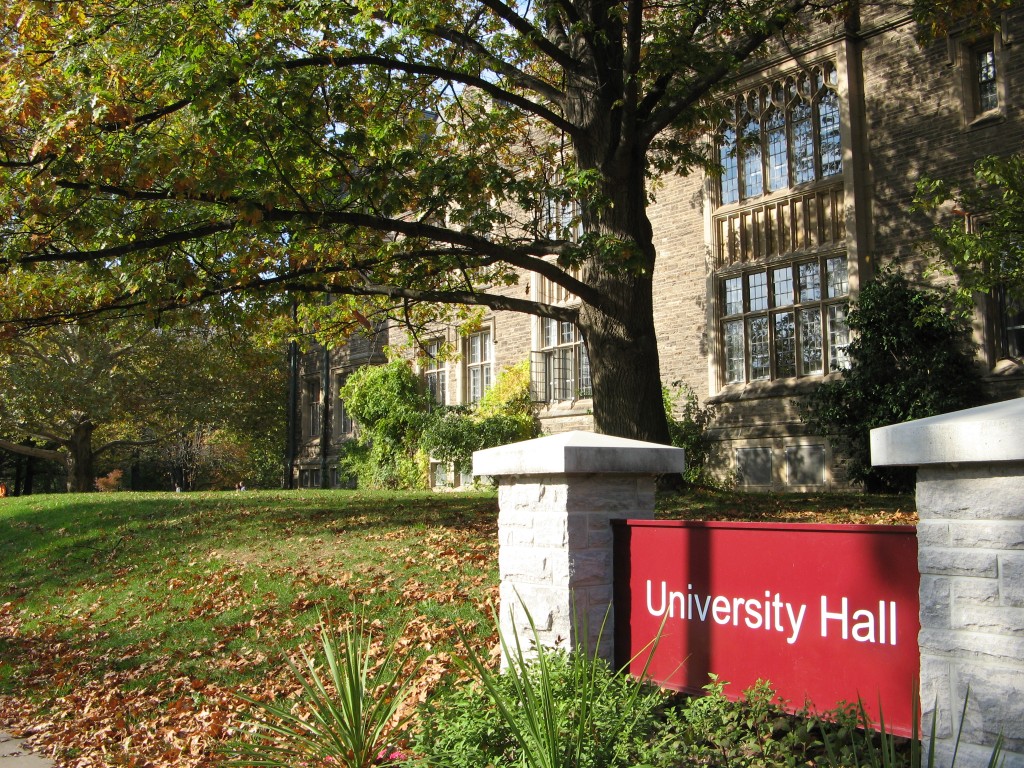Education

Public schools in Canada
Canada provides free public education to all Canadian citizens and permanent residents from kindergarten until they complete secondary school, typically at age 18.
Each province administers its own education system, so policies and requirements vary from province to province.
If you have a valid Canadian work permit, Canada immigration should issue your children a permit that will allow them to register in public school for free.
If you arrive in Canada without a permanent resident card or a work permit, you have to apply for a study permit for your children, who would be classified as “international students.†Your child could attend public school, but you’d have to pay tuition–and that tuition could be nearly as much as you’d pay at a private school.
Learn English in Canada
Many people come to Canada to learn English. A list of accredited English Language Schools can be found at Languages Canada.
Want to learn English at a recommended English language school? Visit our free referral service and we’ll recommend an English language school in the Canadian city of your choice.
Canadian Colleges and Universities
Most of Canada’s colleges and universities are public institutions, operated and funded by the provincial governments. Historically, the only private post-secondary educational institutions have been religious ones.
Unlike the United States, Canada does not have an extensive network of private colleges and universities. Canada’s first private, secular, non-profit university–Quest University in British Columbia–opened in 2007.
Canada has approximately 90 universities and about 150 colleges. In Canada, a “university†is a four-year degree-granting post-secondary institution, while “college†typically refers to a two-year post-secondary school, similar to a U.S. junior or community college. A student might attend “college†for two years, and then transfer to a university for the remaining two years. Canadian students planning to attend a four-year post-secondary school don’t say they’re going to college–they’re going “to university.â€
More than 9,000 Americans are currently studying in Canada, in part because Canadian universities are relatively inexpensive compared with U.S. institutions. Most Canadian university students pay less than $5,000 for their annual tuition. Even for students coming from outside of Canada, international tuition is still a relatively reasonable average of $13,200.
A good source of information about Canadian post-secondary education is the Association of Universities and Colleges of Canada. Also check out this useful education planner from the Canadian Council of Ministers of Education.
– Excerpted (in part) from the book, Living Abroad in Canada. To read more, buy the book.
Photo ©Carolyn B. Heller




















